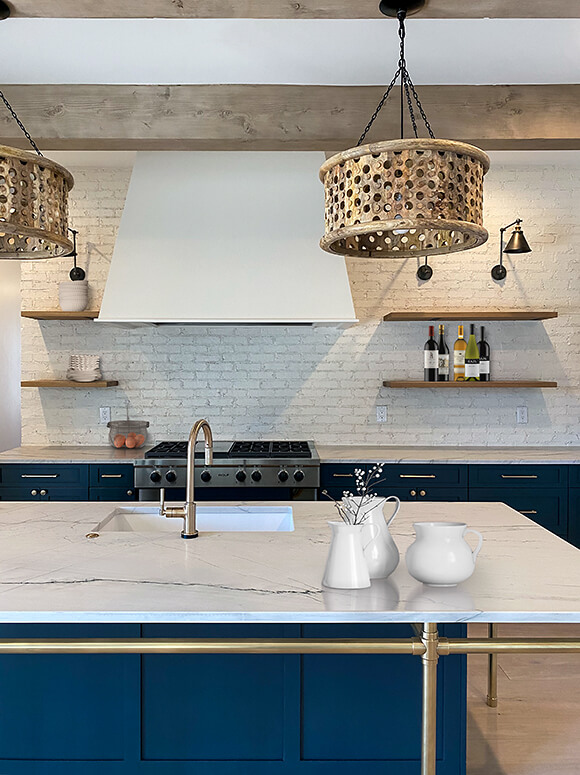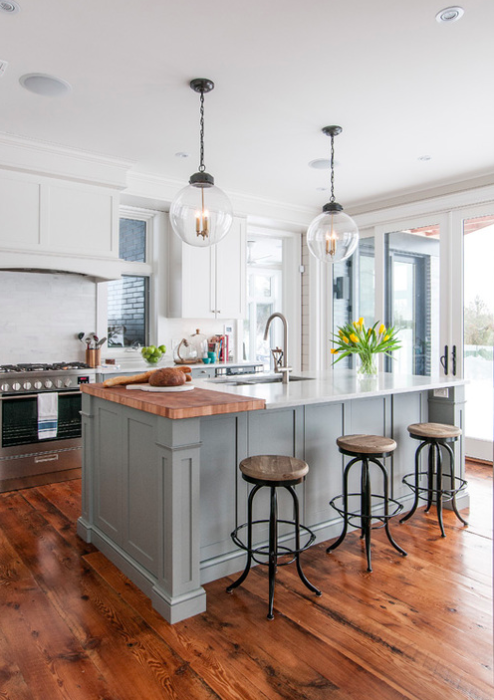Make Your Kitchen Island Attract Attention with Customized Legs For Kitchen Island
Make Your Kitchen Island Attract Attention with Customized Legs For Kitchen Island
Blog Article
Necessary Elements to Consider When Choosing Legs For Cooking Area Island
Selecting the ideal legs for a cooking area island involves a careful evaluation of multiple factors that can dramatically influence both capability and aesthetic charm. As we check out these components, it becomes clear that each decision can have significant effects for the overall cooking area experience.
Material Options
When choosing legs for a kitchen area island, comprehending the various material choices is essential for attaining both visual appeal and architectural honesty (Legs For Kitchen Island). The choice of material significantly affects not just the durability of the island yet additionally its total layout and performance
Steel legs, typically made from stainless steel or wrought iron, add a industrial and modern feeling while making certain resilience and stability. These products are immune to use and can sustain considerable weight, making them ideal for bigger islands.
An additional alternative is crafted materials, like MDF or plywood, which can be much more economical while still using a series of surfaces. Nonetheless, they might not give the same level of stability as solid timber or steel. Materials such as acrylic or glass can produce a modern appearance, though they might call for additional assistance to make certain stability.
Inevitably, the selection of material for kitchen island legs must straighten with the preferred capability and the general motif of the kitchen area.
Design And Style

When taking into consideration design, the form and surface of the legs are important. Tapered legs can supply a feeling of lightness and elegance, while thicker, much more robust legs can convey strength and stability. Furthermore, the finish-- be it repainted, stained, or all-natural-- should enhance the kitchen cabinetry and kitchen counter materials to produce a unified appearance.
Moreover, the layout of the legs can likewise reflect personal preference. Custom or decorative legs, such as those including complex makings or distinct geometric shapes, can act as prime focus, including character and character to the kitchen area. Eventually, the right selection will certainly not only boost capability however additionally raise the visual charm, making the kitchen area island a standout attribute of the home.
Height Factors To Consider
Selecting the proper elevation for cooking area island legs is crucial, as it directly impacts both capability and comfort. The conventional elevation for a kitchen area island generally varies from 36 to 42 inches, straightening with usual counter top elevations.

It is additionally vital to account for individuals' elevations and choices. Customizing the height can guarantee a comfortable experience for all family participants, making the kitchen area island an extra useful and pleasurable area.
Weight Support
Making sure sufficient weight support for kitchen area island legs is vital for both safety and security and like this functionality. The kitchen island frequently offers multiple functions, consisting of food preparation, dining, and additional storage, demanding a robust assistance framework. When choosing legs, it is important to consider the overall weight capacity required based upon the island's meant use and the products that will be put on it.
The selection of material for the legs plays a substantial role in their weight-bearing abilities. Strong timber, metal, and durable compounds generally offer premium strength compared to lighter materials. In addition, the design of the legs-- whether they are straight, tapered, or have a pedestal type-- can influence their capability to distribute weight efficiently throughout the structure.
Furthermore, the leg positioning ought to be strategically prepared to boost stability. Legs placed at the edges or with a larger base can much better support larger loads. Always seek advice from the producer's requirements relating to tons limitations to ensure that the legs can maintain the intended weight without compromising safety. In summary, selecting kitchen island legs with sufficient weight support is vital for producing a practical and risk-free culinary space.
Setup and Maintenance
Appropriate installation and maintenance of kitchen island legs are important for guaranteeing long life and that site stability. This usually visit this web-site includes safeguarding the legs to the island base using ideal fasteners, making certain that the legs are level and straightened.
Once set up, regular upkeep is necessary to protect the honesty and appearance of the legs - Legs For Kitchen Island. For wood legs, periodic cleaning with a wet cloth and application of appropriate timber polish can stop dampness damage and keep their finish. Metal legs might call for a gentle cleaning option to remove grease and gunk, adhered to by a dry fabric to protect against rust development
In addition, inspect the legs on a regular basis for indicators of wear or damages, such as cracks or loose joints. Tightening screws or bolts as needed can likewise extend the life expectancy of the legs. By sticking to these installment and upkeep techniques, home owners can ensure that their kitchen island remains durable and visually appealing for many years to find.
Final Thought

Aesthetic comprehensibility is extremely important in selecting the style and design of legs for a kitchen area island, as these aspects greatly influence the overall ambiance of the space. Tapered legs can supply a feeling of agility and style, while thicker, extra durable legs can share strength and stability.Choosing the appropriate height for kitchen island legs is essential, as it directly impacts both functionality and comfort. In summary, selecting kitchen island legs with adequate weight assistance is essential for creating a safe and functional cooking area.
In final thought, choosing legs for a kitchen area island necessitates careful consideration of numerous variables, consisting of material options, style, height, weight assistance, and installment.
Report this page